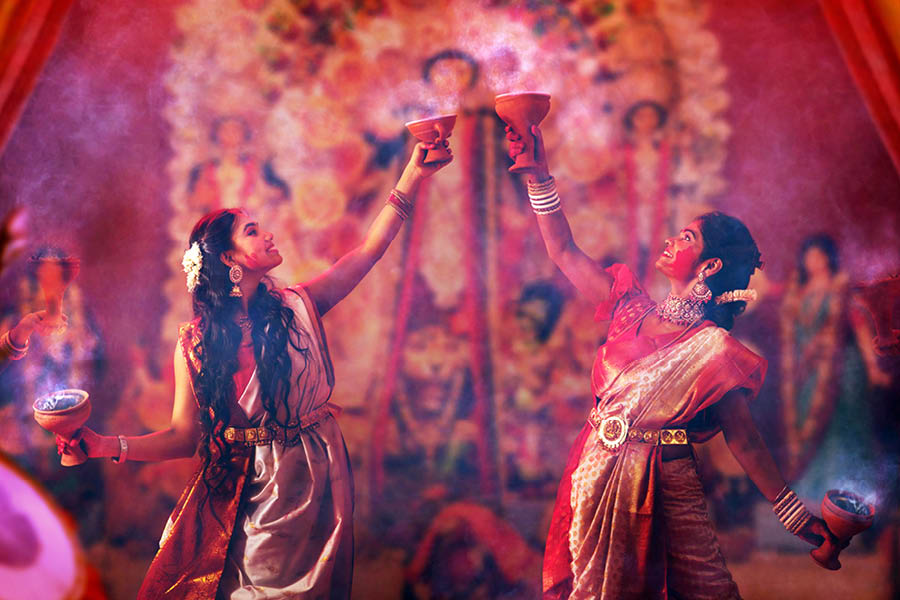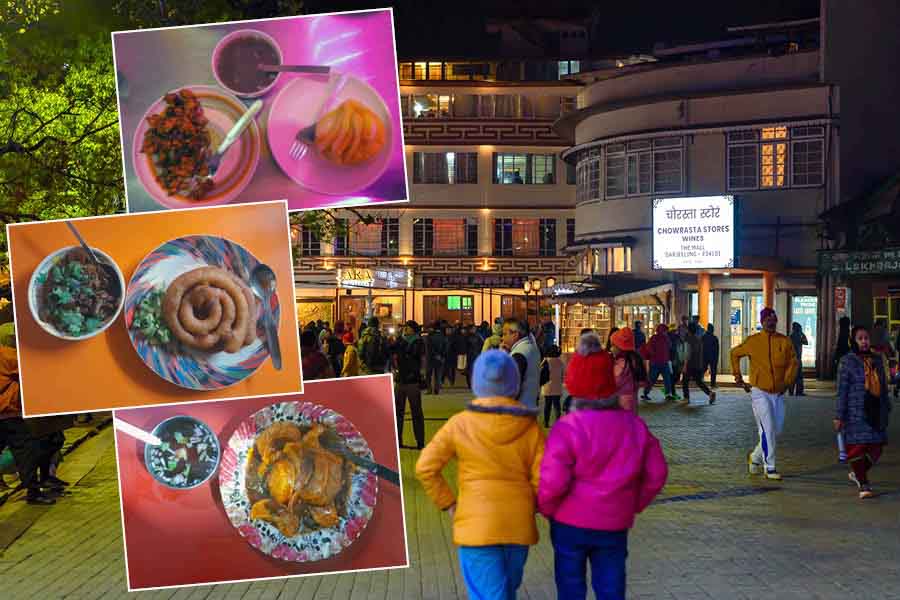Two days and 20 hours of detailed judging by 16 experts have led to the selection of 12 pujas that will vie for the top honours of Serader Sera Nirmal Pujo Puroskar 2024.
The Green Puja Awards, a pioneering effort in the country, was instituted in 2007 and has since been acknowledged nationally and internationally. Organised by environmental non-profit Environment Governed Integrated Organisation (EnGIO) with My Kolkata, Serader Sera Nirmal Pujo Puroskar is supported by West Bengal government departments such as disaster management and the West Bengal Pollution Control Board. This year’s edition is sponsored by corporates like Exide, Vikram Solar, IndianOil, DBPL and Patton while Climate Action Network South Asia (CANSA) is the knowledge partner.
The Plurals team, the communication partner in the award, travelled with the jury to spot the pujas that have scored on environmental, social and safety parameters.
Zone 1: Behala and Haridevpur
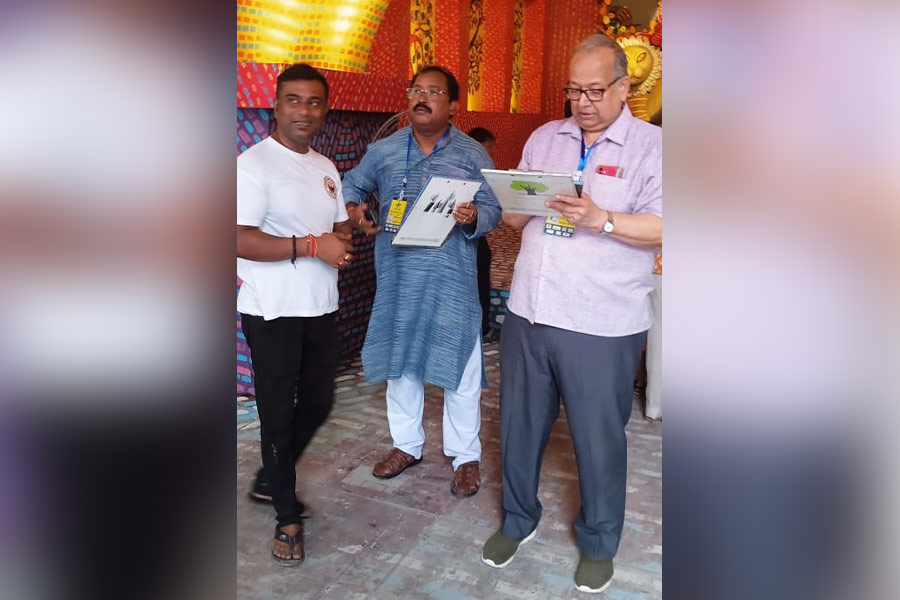
Total pujas judged: 11
Judged by: Journalist- academic Buroshiva Dasgupta and Biswajit Mahakur, head of a developmental and environmental nonprofit in the Sunderbans
Who topped: Behala Club Sarbojanin Durgotsav Committee
Why: A clear winner in the group with about 75 per cent marks, the puja scored high on the theme, which is based on the Sunderbans
Others who made a mark: Thakurpukur State Bank Park was the second with a theme that focused on the minds of children and did well on overall green aspects. Palli Unayan Samity excelled with a pandal created with natural resources such as mat, while Thakurpukur Club showed an innovative neighbourhood environmental awareness by installing CCTV cameras to monitor indiscriminate garbage dumping in the area.
Zone 2: Dum Dum, Hatibagan and Khanna
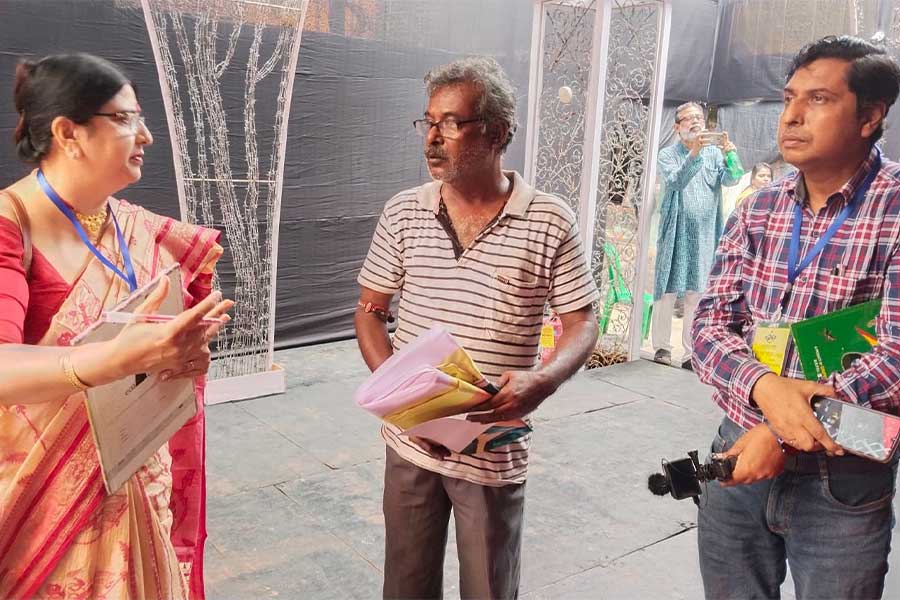
Total pujas judged: 10
Judged by: Educationist Anita Chattopadhyay Gupta and environment expert Sudipta Bhattacharya
Who topped: Dakshinpara Yuba Parishad Puja Committee
Why: A cut above the rest scoring 69 per cent marks, with climate change being the focus of the theme that underlined the need to bring back more forest and stop crimes such as illegal tree-felling
Others who made a mark: Dum Dum Park Bharat Chakra was the second in the region with the use of traditional Jamdani saris in pandal-making; while Nalin Sarkar Street Sarbojanin focused on the lives of ragpickers
Zone 3: Ultadanga, Beliaghata and Kankurgachi
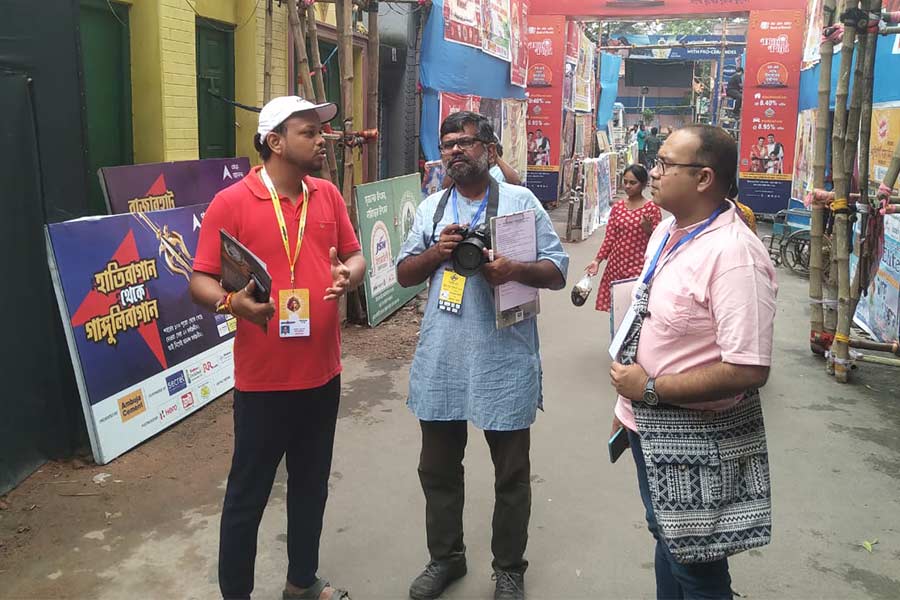
Total pujas judged: 10
Judged by: Punarbasu Roy Choudhury and Subhayan Dutta; both academics
Who topped: Swapner Bagan Yubak Brinda Puja Committee
Why: A runaway winner with 80 per cent marks, it brilliantly showcased how environment and development can coexist
Others who made a mark: Natun Palli Pradip Sangha was the second in a closely fought battle that depicted the importance of labourers in society who work silently. Lake Town Adhibasi Brinda, third in the region, focused on tribals who coexist with nature in forest areas.
Zone 4: Bhowanipore, Kidderpore
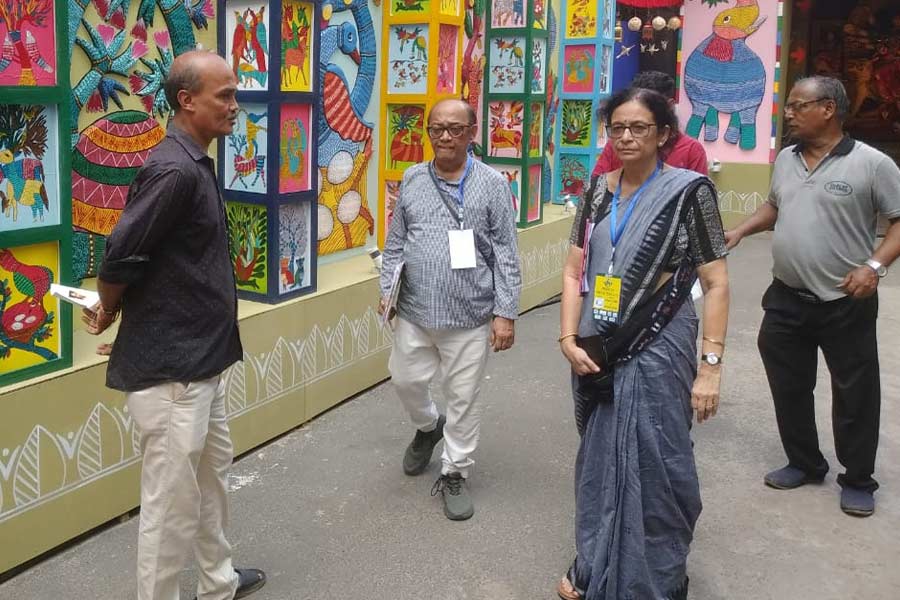
Total pujas judged: 11
Judged by: Wildlife expert Biswajit Roy Chowdhury and urban economist Mahalaya Chatterjee
Who topped: Alipore Sarbojanin
Why: A unanimous topper with 76 per cent marks for a theme that combined fast-losing traditional cultural forms such as ‘shong’ (bohurupi) and gender equality
Others who made a mark: The Golf Green Saradotsav puja with its theme of women and sustainability was a close second. Hazra Park Sarbojanin focused on waste management workers who silently keep the city clean 24x7
Zone 5: Kasba, Dhakuria, EM Bypass

Total pujas judged: 9
Judged by: Environmentalist Sujata Basu representing an environmental non-profit and academics Pritha Bhattacharjee and Lopamudra Mukherjee
Who topped: Santoshpur Trikon Park
Why: Clear topper with more than 80 per cent marks as it highlighted the Indian Constitution
Others who made a mark: Rajdanga Naba Uday Sangha was second in a close fight that argues in favour of maintaining natural balance. Tangra Gholpara, which used paper as the raw material for the entire full installation, including the idols, focused on burning coal mines in Jharia, Jharkhand that created air pollution apart from putting the lives of workers in peril.
Zone 6: Salt Lake, Baguihati
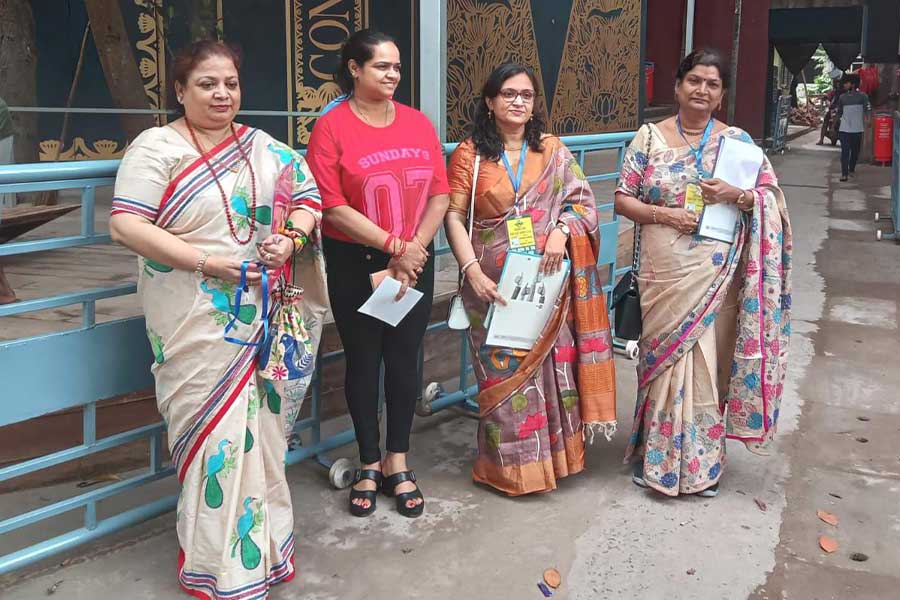
Total pujas judged: 10
Judged by: Environmental entrepreneur Roma Chakrabarty, public health expert Arpita Haldar and environmentalist Sujata Basu
Who topped: AK Block association
Why: Completely out of the box, the runaway winner with over 75 per cent marks depicted a unique concept of water conservation by integrating coordinated drops of rain with music controlled by a software. The theme highlighted how the threat of water scarcity looms in this era of climate change.
Others who made a mark: Masterda Smriti Sangha took the second spot by highlighting the need to go back to the books in this era of embracing mobile phones. Rail Pukur Par Sarbajanin focussed on how women continue to be victimised since the time of Mahabharat.
Zone 7: North Kolkata

Total pujas judged: 10
Judged by: Social entrepreneur Jhumpa Ghosh and environmentalist Sasanka Deb
Who topped: Lalabagan Nabankur
Why: A green masterpiece with a score of 65 per cent, the puja used a few thousand trees to install the pandal as well as the idol to highlight the fight against global warming and climate change. The trees will be used in various parks of the city, according to the organisers.

Others who made a mark
Bagbazar Palli, second in the region, also focused on climate change and water conservation. The puja showed a unique idea of Ma Durga decimating Mahishasura with water cannon instead of traditional weapons.
In all, 28 members of the jury, including six senior consulate representatives from the US, UK, France, Japan, Bangladesh and the Maldives; several academics, environmentalists, senior state government officials and environmental activists will judge 12 pujas that include the regional toppers along side nominated Hall of Fame pujas such as Suruchi Sangha, Chetla Agrani, Tridhara and Shibmandir; all of which have built their themes around key environmental and social issues, on Tuesday and Wednesday.

